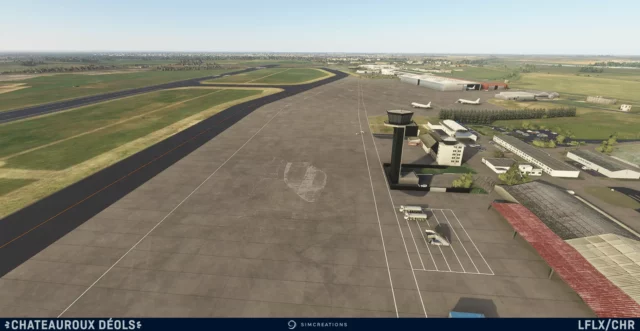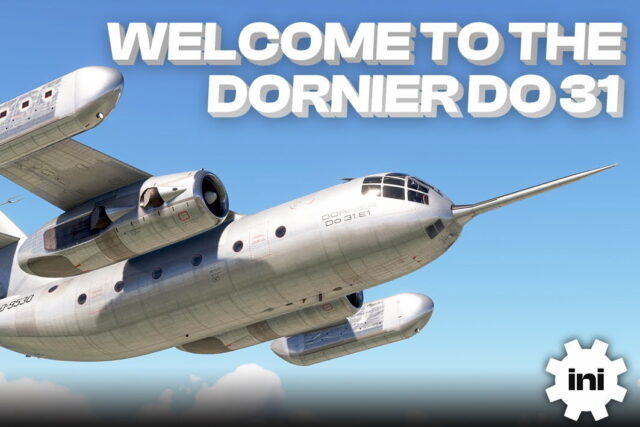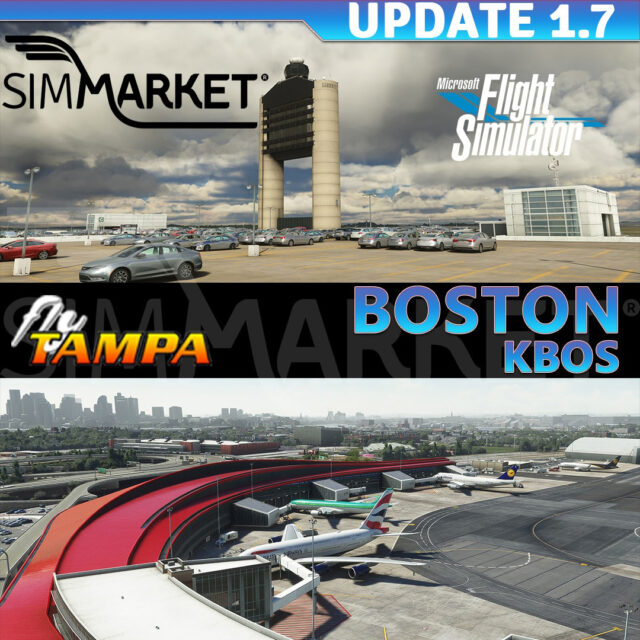“Nowe some there be that be very inquisitive to have a way to get the longitude, but that is to tedious” .
This quotation by William Bourne (“A Regiment for the Sea”, 1574) settles a crucial problem that 15th century navigators faced and the tedious tentatives that were carried out by those who sought to solve the longitude problem, accomplished by the eighteenth century only. (For those interested in the subject, a fascinating account is given by R. Dunn and R. Higgitt in their book “Finding Longitude“, Collins, 2014). Find one´s way either while at the sea or in the air, has been a challenging task in the earlier times of sea and air travels. It means knowing where we are, where we want to go next, and also to how much time and fuel it will take to get there. Navigation means finding our way (wherever we are, at land, sea, air or even in the space!).
For us, it is one of the most rewarding jobs in flight simming is to learn and execute with competence the manoeuvres required, for example, by a challenging airport approach. To this end we have to be familiar with acronyms such as NDB, VOR, VOR-DME, SID, RNAV approach, Q and T airways, etc. If these acronyms mean little to you, keep reading because you may find here information useful. Air navigation is probably the most interesting aspect of flight simulation and it may clearly mark the border that separates flight simming from a… game. In our hobby we have to study, to learn and become proficient in different technical issues. In a game (at least in most of them) you don’t, and you only have to become more rapid, and skilfully think and act fast – you don’t have to improve your technical skills in different areas of knowledge. If you want or need to improve your air navigation skills and be able to use the vast majority of real life aeronautical procedures, you have available a tremendous amount of resources that will help you to learn air navigation as a real pilot, if you study and practice! Note that air navigation is relatively easy to learn and understand. Understanding and using basic navigation concepts is important to fully enjoy flight simulation, particularly when we fly online. But from where should one start and what resources do we have freely available? First things first. Start from lessons packed with FSX/FS9/Prepar3D. Because they are so easily accessible, we tend to forget them. But they are very well prepared. Rod Machado, a well-known American flight instructor, was involved in the design of these flying lessons and if you follow them, you will learn. It is a very good starting point, and most importantly, you have already these lessons in your computer! A very interesting (though dated), and most useful site is
Charles Wood website. It thoroughly presents a number of navigation complete tutorial flights (I counted 35!) devoted to Flight Simulator enthusiasts, addressing from basic navigation, low-frequency navigation using the NDB, VOR navigation, to the full range of instrument (ILS) approaches. Extraordinary rich and most instructive site, it is worth visiting for the rookie and experienced pilot alike. A similar site is
Hal Stoen website. In addition to other interesting topics, this website has a Navigation & Communications section dedicated to flight planning, navigation basics and a comprehensive description of instrument flying topics. To get a deeper understanding of air navigation it is also a must the (free) publications available at the
FAA website (Federal Aviation Administration, USA). This governmental website has a
Handbooks & Manuals page with plethora of handbooks on aircraft information (the sixteen-chapter
Airplane Flying Handbook is very nice to read) and also aviation, comprising topics such as
Advanced Avionics Handbook, Aeronautical Information Manual, Helicopter Flying Handbook, Instrument Flying Handbook,
Instrument Procedures Handbook,
Pilot’s Handbook of Aeronautical Knowledge, etc. Worth reading is certainly FAA’ s “Instrument Flying Handbook” (2012), a most comprehensive (and free) 371 pages of rich information, covering from IFR flight rules, AIr Traffic Control system (ATC), description of flight instruments and, more important for the topic of this article, a complete description of navigation systems (NDB, ADF, VOR, DME). This publication (did I mention that it is free?) covers also more modern (and more interesting) navigation techniques such as RNAV, VOR/DME RNAV and GPS systems. If you take time to read (study!) the information posted here (there are of course many other similar sites and publications) together with practice, practice, practice, you will rapidly get into a stage that brings flight simulation even closer to reality.





![Aerosoft – Frankfurt EDDF MSFS Preview [Video]](https://www.simflight.com/wp-content/uploads/2024/04/Aerosoft-Frankfurt-EDDF-MSFS-Preview-thumb.jpg)


